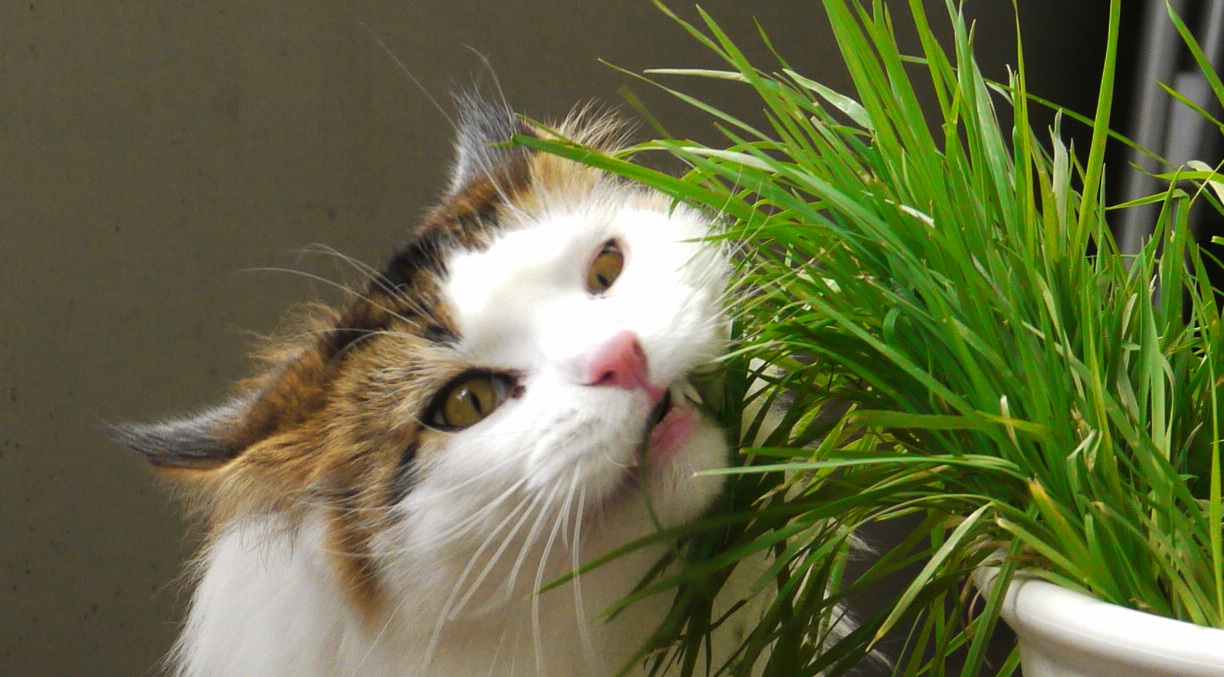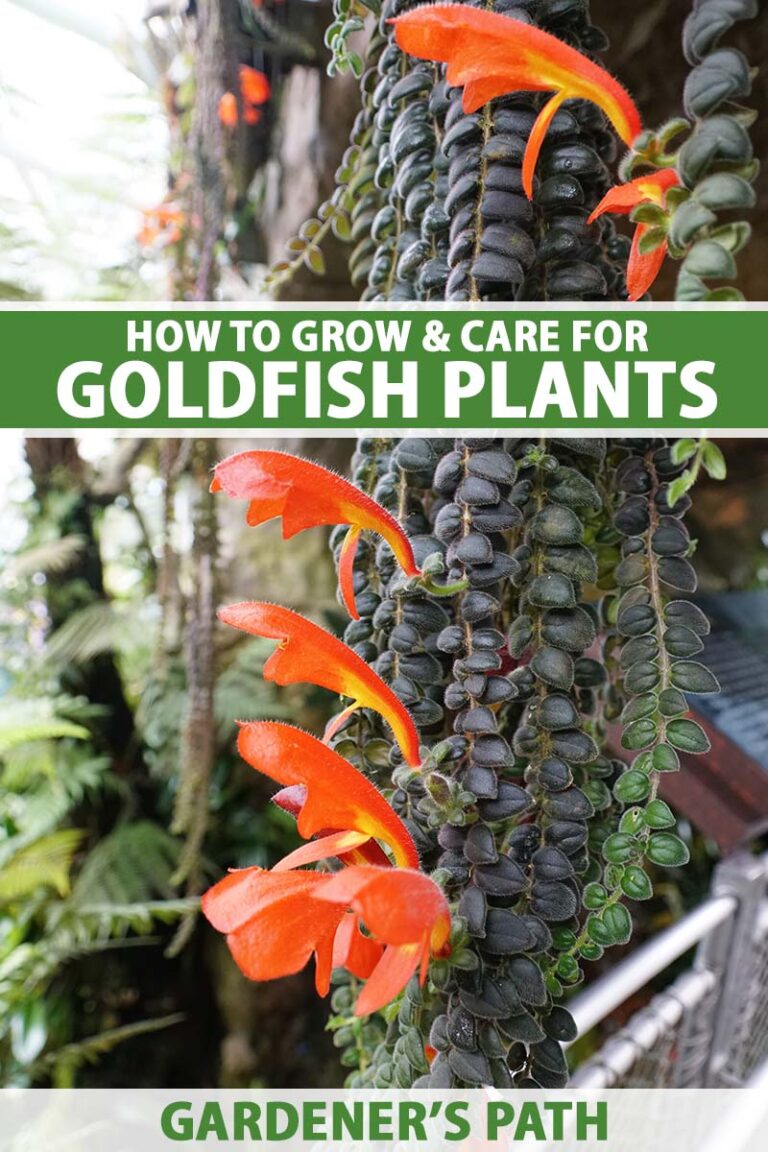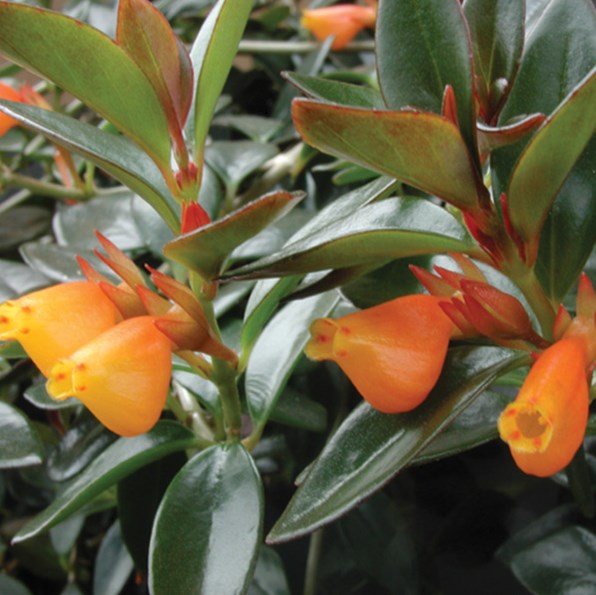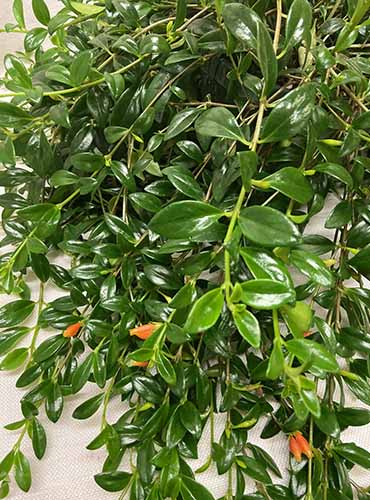Goldfish Plant for Cat Owners
Understanding Plant Toxicity
The Goldfish plant (Columnea gloriosa) is a popular houseplant known for its beautiful flowers that resemble small, orange goldfish. According to multiple sources, including the ASPCA, the Goldfish plant is not listed as toxic to cats (Pet.ca).
However, it is important for cat owners to understand that even non-toxic plants can sometimes cause adverse reactions in pets. Some cats may show symptoms of poisoning, such as vomiting, foaming, and tremors, after ingesting parts of the Goldfish plant. This highlights the need for caution when introducing any new houseplant into a home with curious cats.
Potential Risks for Cats
While the Goldfish plant is generally considered safe for cats, individual experiences and sporadic reports of adverse effects cannot be ignored. If your cat ingests part of the plant and shows any signs of discomfort or illness, immediate veterinary care is crucial.
| Potential Risks | Symptoms in Cats |
|---|---|
| Ingestion | Vomiting, Foaming, Tremors |
| Skin Contact | Allergic Reactions |
As a responsible pet owner, it is advisable to always monitor your cat around the Goldfish plant or any other houseplants. Additionally, placing the plant in an area that is out of reach for your feline friend can be a good preventive measure. For more insights on plant safety and cat care, you may refer to our articles on goldfish plant care instructions and goldfish plant soil mix.
To further ensure the safety of your cat, it’s wise to be aware of how to identify early signs of ingestion and take swift action. Keeping common plants and their effects on pets in mind can prevent unnecessary distress for both you and your cat. For common household plants that might be toxic, such as tulips, which can cause vomiting and stomach pains due to tulipalin A and B, refer to resources like the University of Illinois Library Guide.
By remaining cautious and well-informed, cat owners can enjoy the beauty of houseplants like the Goldfish plant while ensuring their pets’ safety.
Ensuring Cat Safety Around Plants
Prevention Through Strategic Measures
For cat owners, ensuring the safety of their feline friends while maintaining a garden is crucial. The Goldfish plant, while mostly safe, should still be kept out of reach to prevent any potential issues. There are several effective strategies to prevent cats from coming into contact with Goldfish plants.
- Elevated Placement: Place the Goldfish plant on high shelves, where cats are less likely to explore. Hanging planters can also be an excellent solution.
- Terrariums: Enclosing the plant in a terrarium not only enhances the aesthetic but also keeps it inaccessible to cats.
- Citrus Deterrents: Cats typically dislike the smell of citrus. Using citrus-scented peels or sprays around the plant can deter them from approaching.
- Distractions: Providing alternatives like catnip plants or interactive toys in other parts of the house can distract your cats and reduce their curiosity towards the Goldfish plant.
Monitoring and Immediate Actions
Even with preventive measures in place, it’s essential to continuously monitor your cat’s interaction with indoor plants and be prepared to act quickly if necessary.
-
Recognize Symptoms: Immediate symptoms of a cat ingesting a toxic plant include nausea, vomiting, diarrhea, excessive drooling, oral irritation, and difficulty swallowing (Greg App).
Symptom Immediate Action Nausea Remove the plant and clean the area Vomiting Offer water and observe for worsening symptoms Diarrhea Keep the cat hydrated Excessive Drooling Wipe the mouth and check for irritation Oral Irritation Rinse the mouth with water Difficulty Swallowing Seek veterinary assistance immediately -
Observation: Watch for any changes in your cat’s behavior if you suspect they have come into contact with the plant. Immediate veterinary assistance is crucial if symptoms persist or worsen.
-
Emergency Kit: Keep an emergency kit with essential items like fresh water, a cat carrier, and contact information for your veterinarian.
By taking these steps, you can ensure that both your Goldfish plant and your feline companions thrive in a safe and healthy environment. For more detailed guidance on various plants safe for cats and their placement, you can explore our article on goldfish plant flowers.




